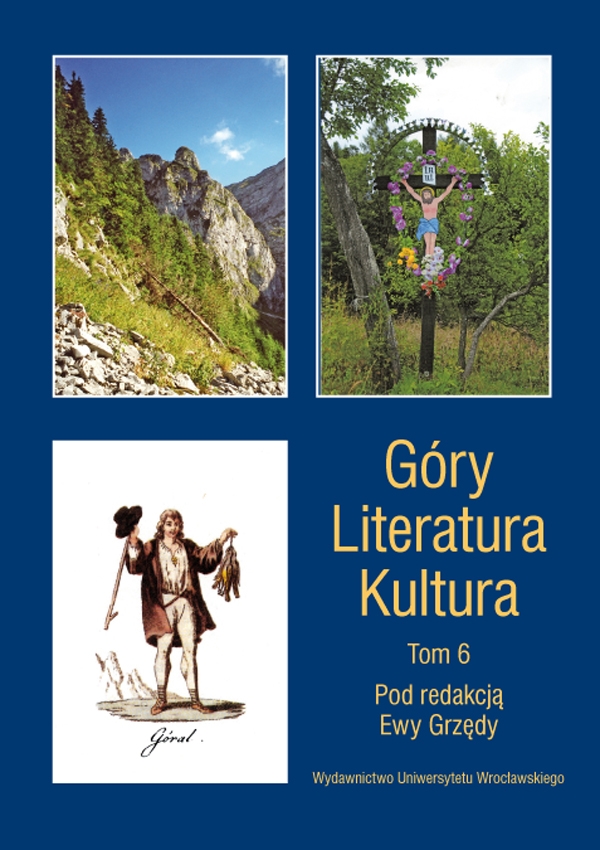

Articles

Fin de siècle Carpathians. Bogusław Longchamps de Berier’s memoirs
Bogusław Longchamps de Berier 1884–1947, a well-known Lviv lawyer father of Franciszek, an eminent professor of administrative law at the University of Wrocław, associated with the University from 1946, was the author of a volume of memoirs from 1884–1918, which his publisher gave the title of Ochrzczony na szablach powstańczych… [Baptised with Insurgents’ Swords…]. In writing them, he not only reconstructed his family history, which was part of the patriotic, independence-driven history of the Polish intelligentsia in the 19th and at the turn of the 20th century in Galicia, but also set it against the background of the political situation, ethnic relations as well as social, economic and industrial transformations in the region. A special place — though fairly modest given the book size — is occupied by the Eastern Carpathians, where the Kolomyia-born author spent his childhood and part of his youth in Rypne, Drohobych and Lavochno. In Rypne, “on the northern leaps of the Carpathians,” the author’s father owned a kerosene mine. As a small boy, the author would spent days by the mine shafts, fascinated as he was with the mining process. In the reminiscences, the industrial landscape of the Boryslav-Drohobych region, an important element of the “pioneer-borderland” existence, matches the author’s lyrical, romantic perception of the mountains; it harmonises with the painting-like quality, characteristic of the turn of the 20th century poetics, but also with a botanical precision, realistic topographic, ethnographic and sociological observations. De Berier got to know the mountains through his often lonely, truly pioneering hikes bearing in mind the fact that Carpathian tourism did not develop until the inter-war period: from Drohobych through Hubyche, Boryslav and Dzial to Urych and Sokoliki, from which his mother came; a nearly 100-km trek along the Carpathian ridges through Gorgany Wyszkowskie to Podlute; to Berzavy in Hungary — combined with an ascent of Stoh, with a night spent at Wielki Wierch […], to the foot of Volovec and Pikuj-Husla… In Bogusław Longchamps de Berier’s account, the Carpathians in the late 19th and early 20th century were an area as fascinating as it was wild and untamed in its “industrial” dimension; on the other hand, these are “landscape,” picturesque mountains, though presented without excessive affectation “ritualised” by the modernist manner.